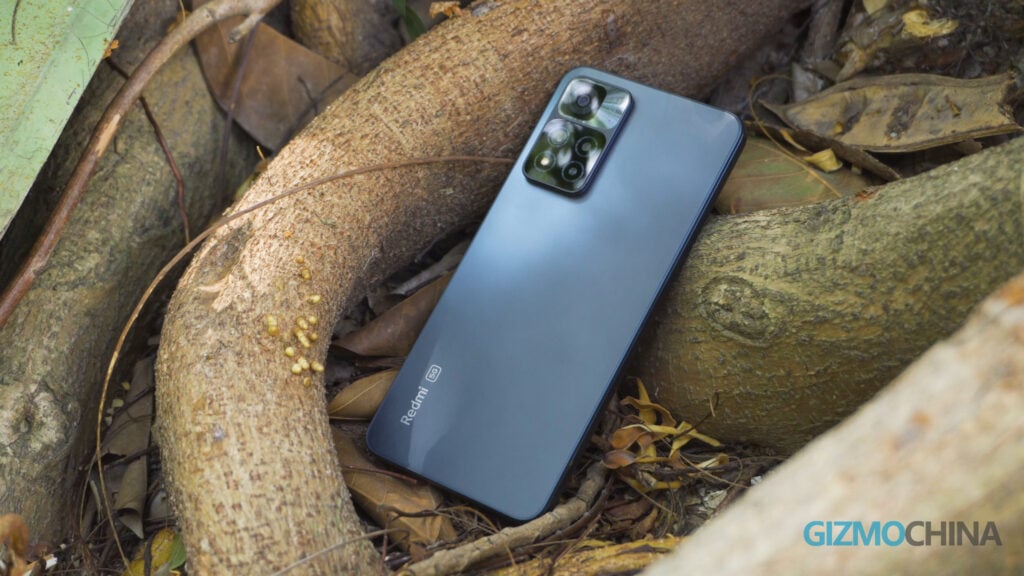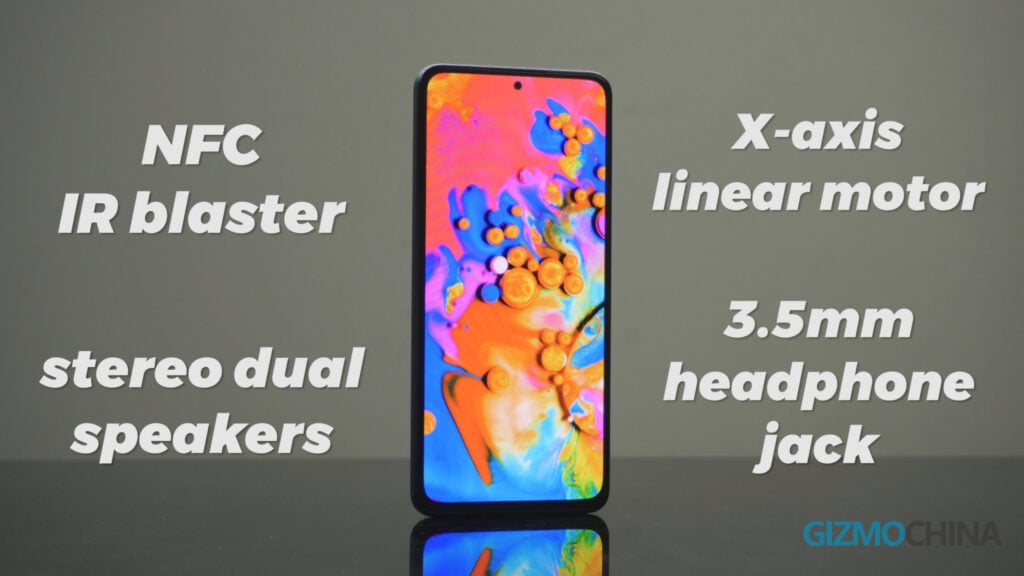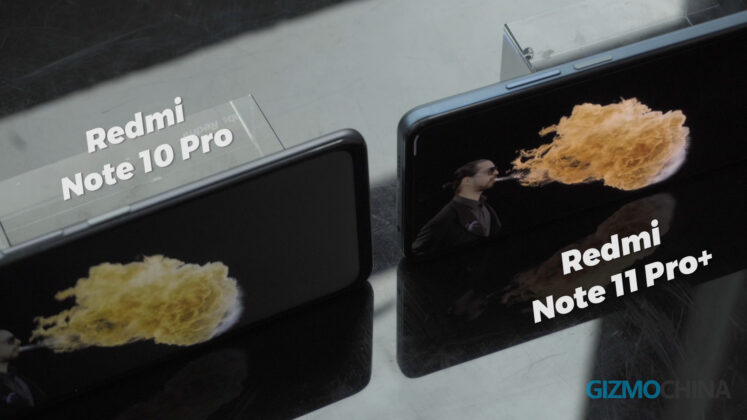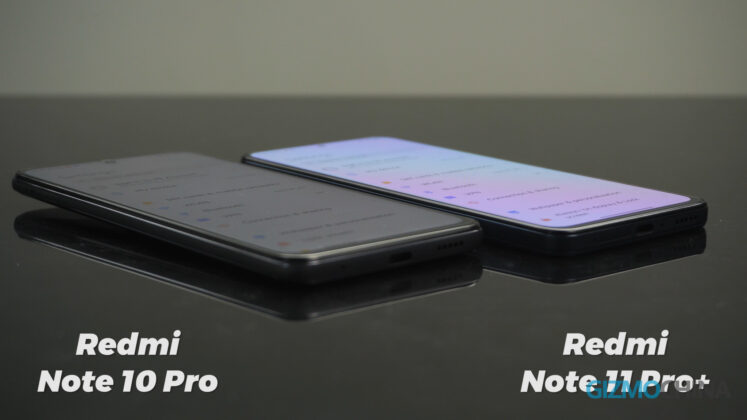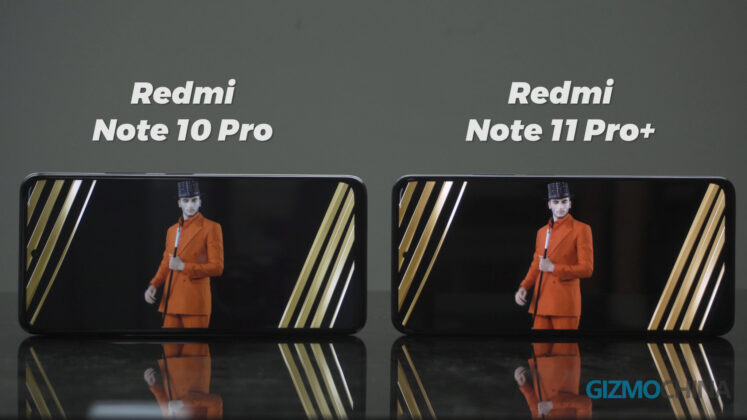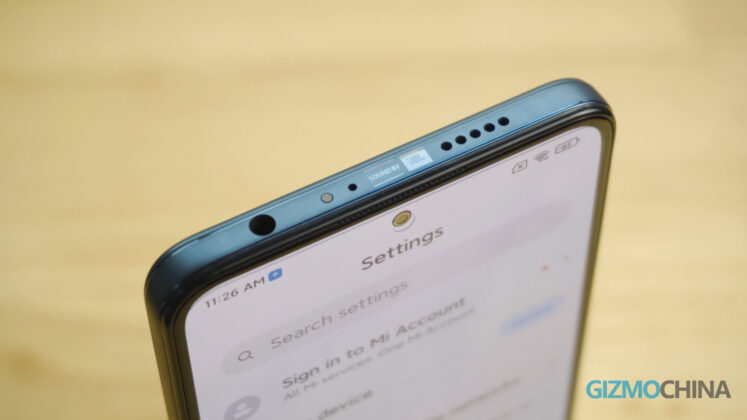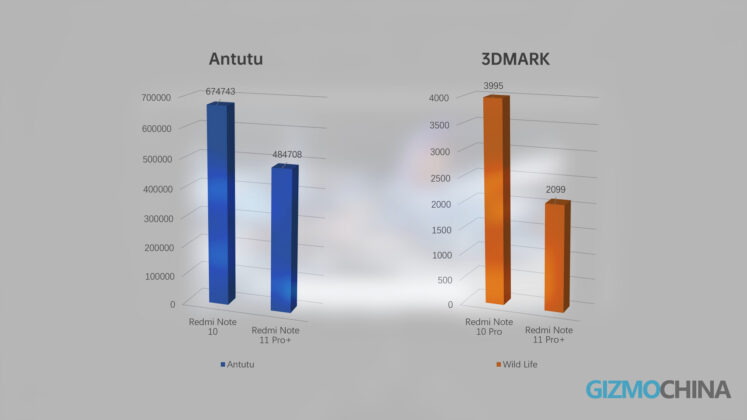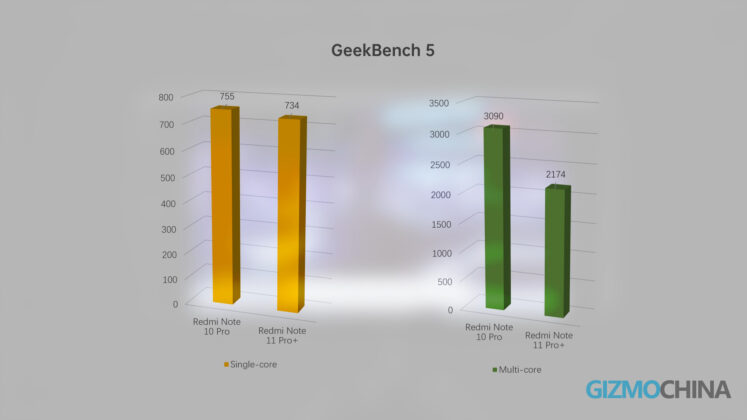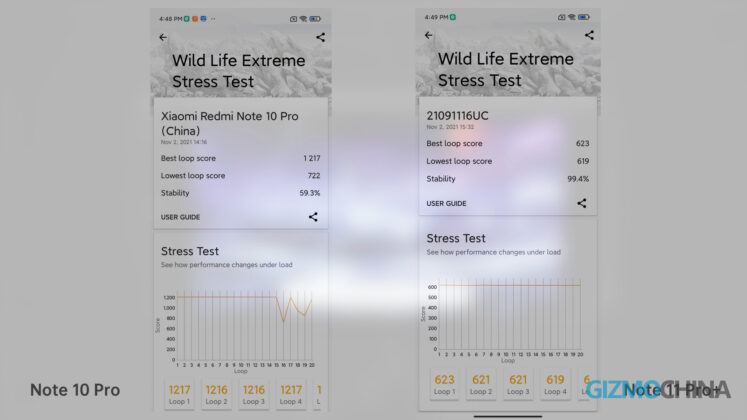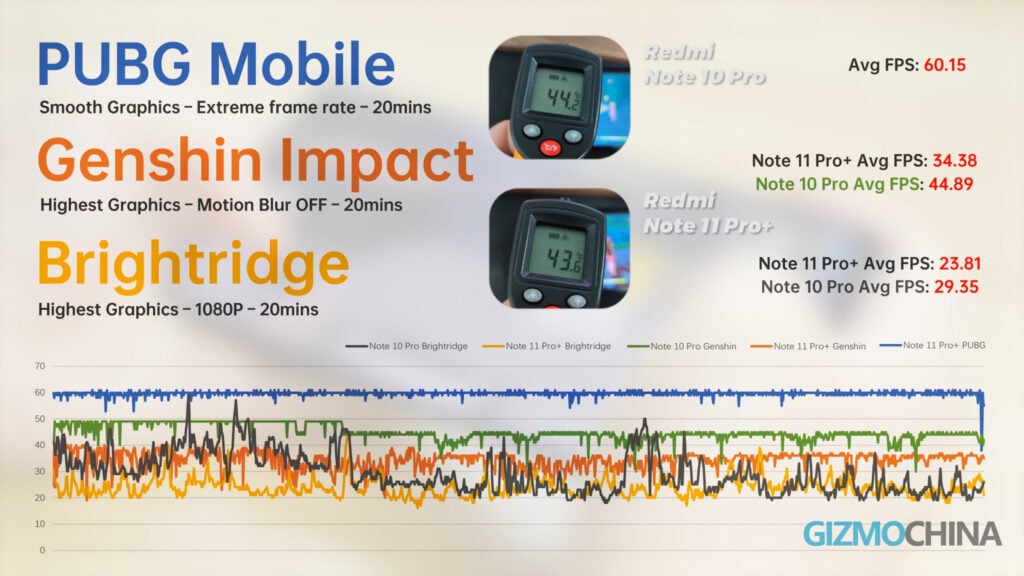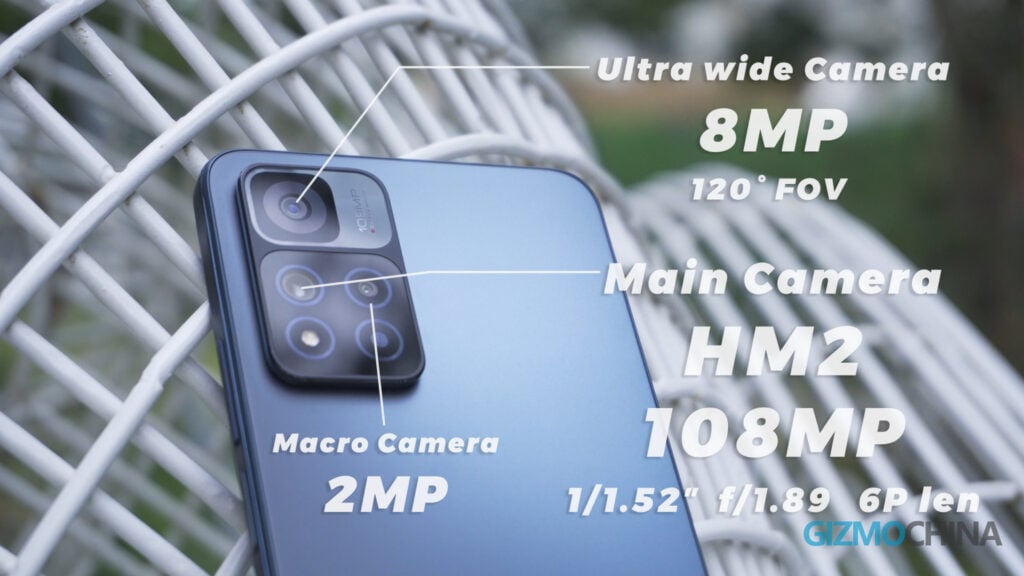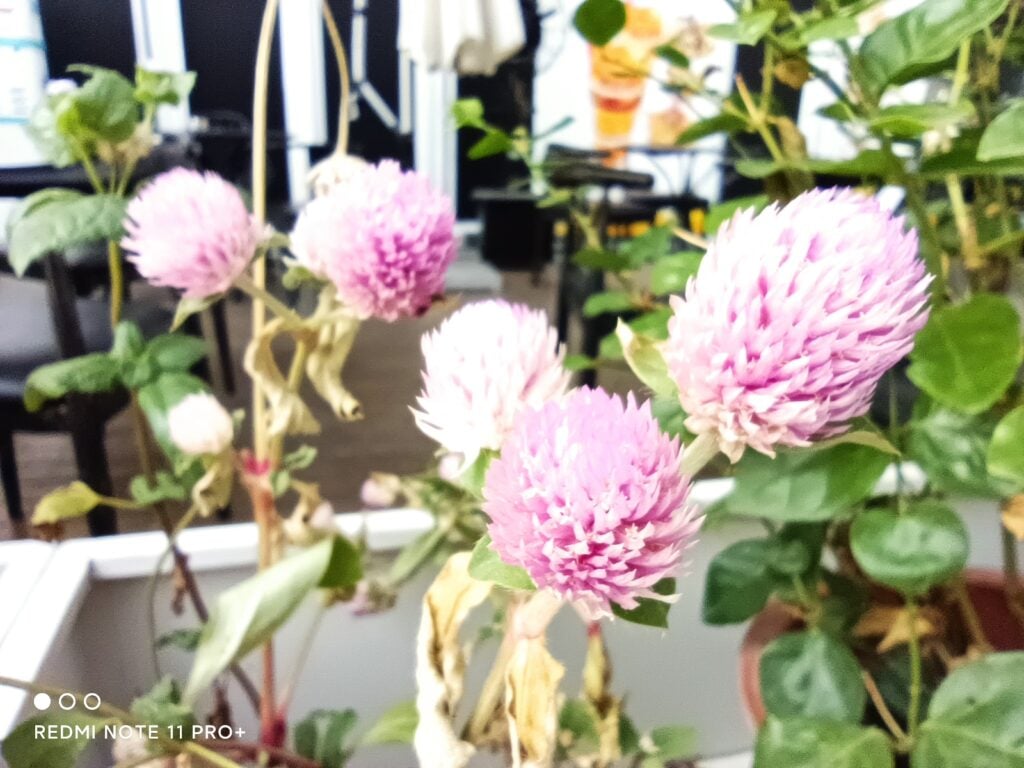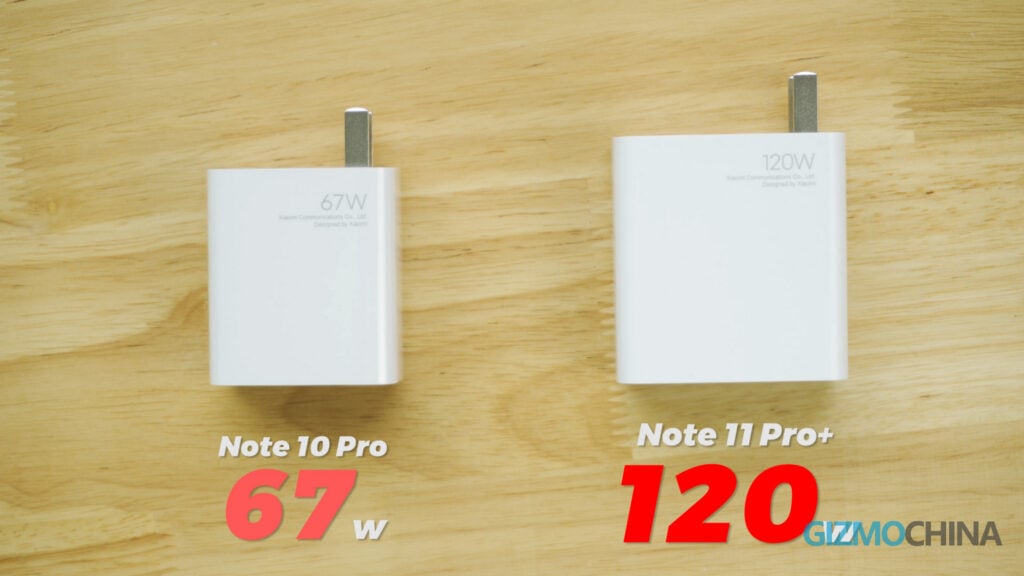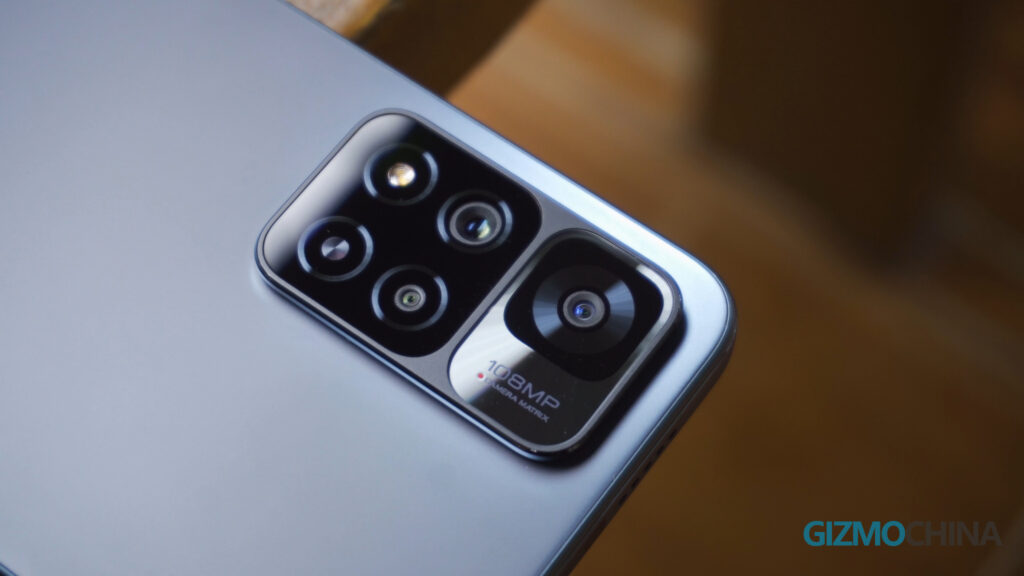The Redmi Note 10 series China version launched in China just 6 months ago. But the next-generation model, the Note 11 series, has already arrived. There must be some reason for Redmi to release two generations of the Note series in one year.
In fact, here, we compare the new Redmi Note 11 Pro+ model with the Note 10 Pro China version in detail, and you will easily know why there’s another model so soon.
Now that’s done, let’s move on to the full review of the Redmi Note 11 Pro Plus.
The two Note series referred to in this video are the respective Chinese versions. The global versions of Note 11 series that could be released later will likely be different from the ones in this video. If the global version does change its specifications, please refer to the official website.
Also, note that the only difference between the Redmi Note 11 Pro and Pro Plus model is in the charging power and battery capacity. So you can refer to this video to know more about the Note 11 Pro as well.
Redmi Note 11 Pro+ Review – Design
The design style of Note 11 Pro Plus is somewhat similar to Note 10 Pro, but it’s not exactly the same. Obviously, the general idea was to keep the lens design the same.
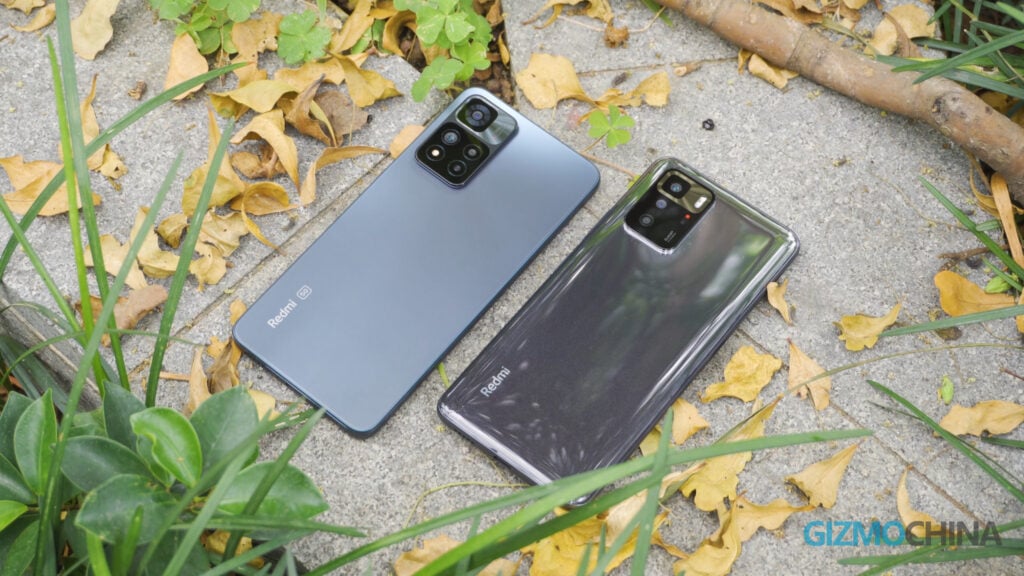 So it’s still a top left matrix module, with a silver ring around the periphery of the topmost lens. But obviously the Note 11 Pro Plus has a larger lens module and more lenses, which also means it will have better camera specs. The frame has become a flat design like the iPhone 13, but of course not as premium as the iPhones, as the frame is still made of plastic.
So it’s still a top left matrix module, with a silver ring around the periphery of the topmost lens. But obviously the Note 11 Pro Plus has a larger lens module and more lenses, which also means it will have better camera specs. The frame has become a flat design like the iPhone 13, but of course not as premium as the iPhones, as the frame is still made of plastic.
The back panel material is made of AG frosted glass like the Note 9 Pro and the flat frame makes it look and feel more premium than the Chinese Redmi Note 10 Pro. The Note 11 Pro Plus has also been upgraded in terms of functionality.
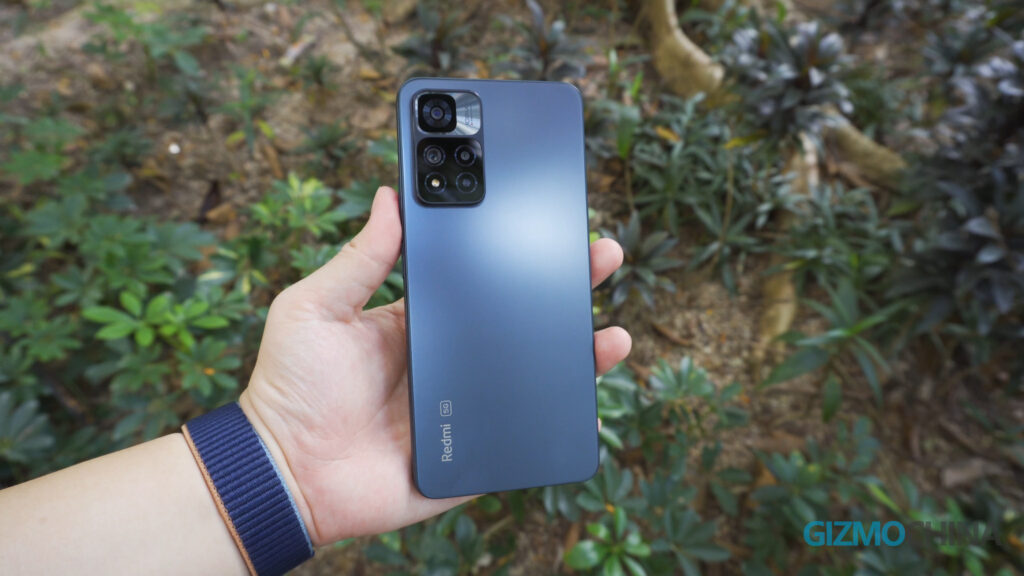 Not only is it equipped with NFC, IR blaster, and stereo dual speakers, but it also has an X-axis linear motor and a 3.5mm headphone jack. And the SIM card tray offers optional MicroSD card support. In terms of design and functionality, the Note 11 Pro Plus is indeed an upgrade compared to the 10 Pro. And it gives you almost every feature you can think of on an affordable phone.
Not only is it equipped with NFC, IR blaster, and stereo dual speakers, but it also has an X-axis linear motor and a 3.5mm headphone jack. And the SIM card tray offers optional MicroSD card support. In terms of design and functionality, the Note 11 Pro Plus is indeed an upgrade compared to the 10 Pro. And it gives you almost every feature you can think of on an affordable phone.
The Note 11 Pro Plus comes with an AMOLED screen. The 120Hz Samsung AMOLED screen is one of the best panels in its price range. We played an HDR video and realized there’s a huge improvement in the viewing experience of AMOLED as compared to an LCD panel. The visual experience from the higher contrast is really great. AMOLED also allows Redmi to make the hole-punch smaller and without shadows around it.
However, instead of the latest generation of the Corning Gorilla Victus Glass on the 10 Pro, the new model has a regular Corning Gorilla Glass. The problem of rainbow lines appearing in oblique view also exists. I wouldn’t say the Note 11 Pro Plus screen is a top-notch screen. But it does have a very good screen for a Budget Phone.
Redmi Note 11 Pro+ Review – Performance & Gaming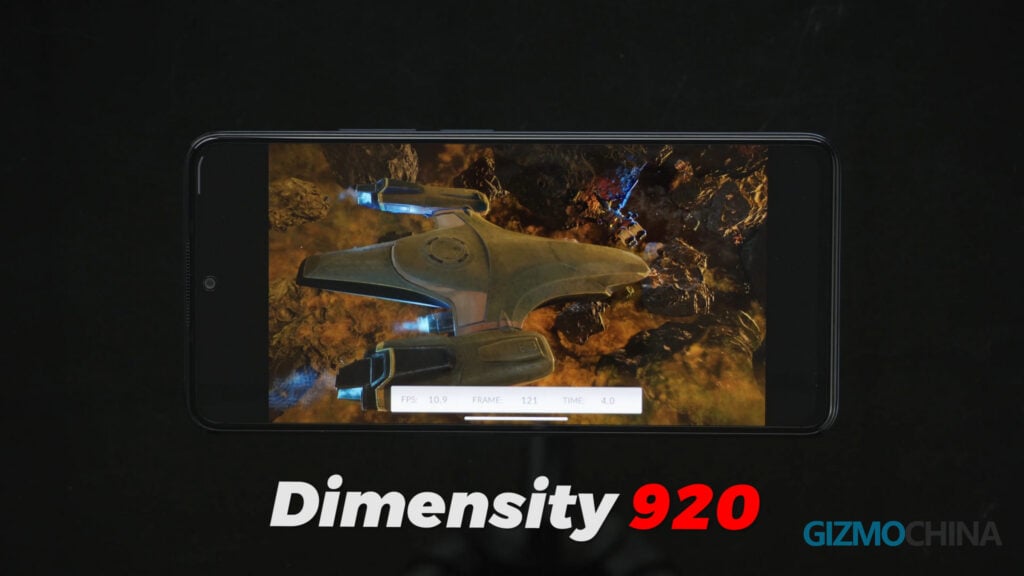
While in the design department, the new model shines, the Note 11 Pro Plus is not an all-around upgrade compared to the Note 10 Pro. It also has downgrades in some departments, such as the processor. Although the Note 11 Pro Plus is built on MTK’s Dimensity 920 for the first time, you can see from the name that it’s definitely not as good as the Note 10 Pro’s Dimensity 1100.
In Antutu Benchmark the phone gets 484708, in 3DMARK around 2099, in Geekbench 5 single-core around 734, and in multi-core test around 2174. Scores are much lower than the Note 10 Pro, especially the GPU part. However, thanks to its weaker performance, the stability performance in the 3DMARK Stress Test is better.
PUBG can only be turned on at an Extreme frame rate with Smooth Graphics, and as you can see from the frame rate graph, PUBG can still run smoothly despite its low performance. Genshin Impact was a bit more of a struggle. There was a 10 fps gap between the average frame rate of the Note 10 Pro and also the Note 11 pro plus had more lag. Although the gap between Brightridge’s average frame rates was 6 fps, both phones’ frame rates fluctuated a lot and the experience was not very good. The two phones did a better job of temperature control, the highest temperature was not more than 45 ℃. Overall, Note 11 Pro Plus can smoothly play some small and medium-sized games, but users who like to play heavier games can choose Note 10 Pro for a better gaming experience.
Redmi Note 11 Pro+ Review – Camera Performance
As a rule, the Note 11 Pro plus, which went back to the HM2 sensor, should be much better than the Note 10 Pro, but in reality, it’s not. Most of the time, the pixel nine-in-one HM2 sensor did not show its advantages at all.
Note that in our video review of the Redmi Note 11 Pro Plus, we have compared the samples of the two phones. And here, in this review article, you can find original samples from the Redmi Note 11 Pro Plus under each camera section.
Main Camera
There is no significant difference between the Note 10 Pro and the Note 11 Pro in terms of dynamic range or clarity. And the color tends to be cold. AI image sharpening is also not as strong as the Note 10 Pro. Both phones sometimes have abnormal exposures in the night mode. There is an underexposure problem compared to normal mode photos. The most shocking thing to me was that this photo taken with 108MP Mode does not look like a photo taken with the native 108MP sensor. Not only is it much blurrier than the Mi 11’s 108MP photos, but it’s not even as sharp as the 64MP Note 10 Pro. No doubt, the Note 11 Pro plus has a better main camera sensor than the Note 10 pro, but clearly, its potential is yet to be realized. Let’s just hope Redmi can optimize the camera as soon as possible.
Ultra Wide Angle Camera
Also, most of the time, there isn’t a big difference in the ultra-wide angle lens of these two models. The only difference is in the optimization of the dark areas. The Note 11 pro plus likes to brighten up the dark areas, which of course leads to an increase in noise. This is the case in both night mode and normal mode. Other than that, they are both at the average level of a budget phone.
Macro Lens
The macro lens basically performs the same way. It’s a very average macro lens, nothing special.
The phone’s video shooting capability is still the same as always, the main camera supports up to 4k 30fps and the ultra-wide angle lens supports up to 1080p 30fps. But limited by the performance of the Dimensity 920, the main camera’s 1080p 60fps and 4k 30fps do not support EIS. However, the older Redmi Note 10 Pro did not have this problem.
The stereo speakers with JBL have also been upgraded. It becomes the same symmetrical left and right speakers as Mi 10S. It supports Dolby Atmos. Although the effect is certainly not as good as the Mi 10S, when compared to other phones in the same price range, it should be considered the best.
Redmi Note 11 Pro+ Review – 120W Charging & Battery Life
The Note 10 Pro’s 67w charging power is already very fast among phones in the same price range, and even many more expensive phones don’t have such a fast-charging power. But this time, the Note 11 Pro Plus has a charging power of 120w, making it one of the fastest charging phones in the world. And I want to remind you that it starts at only about $300. And there is a 120w charger included in the box.
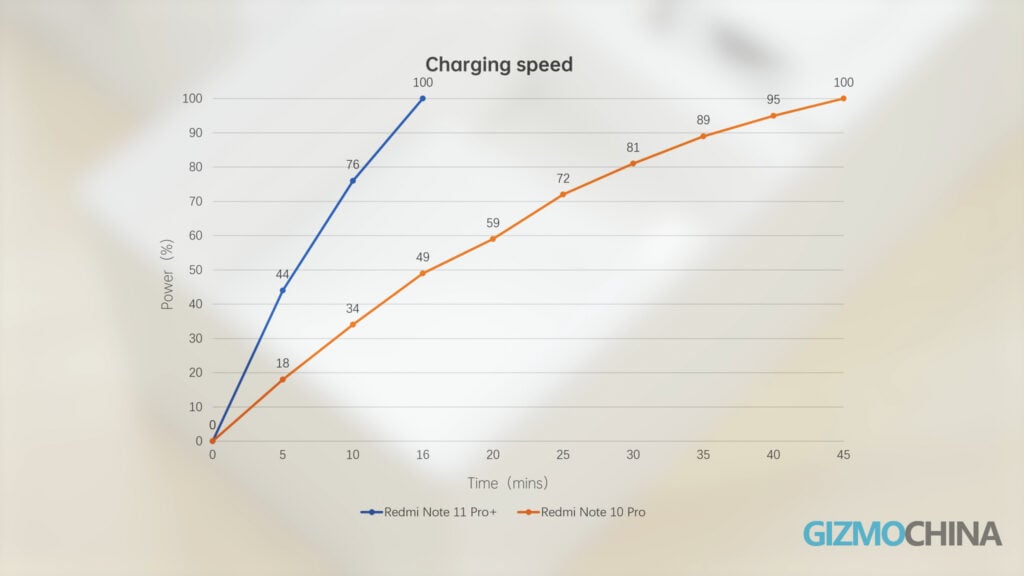 It takes five minutes to charge to 44%, ten minutes to charge to 76%. A full charge takes only around 16 minutes. If you think the temperature is too high when charging, you can choose to turn off the fast charging mode, which can reduce the temperature. The cost of boosting charging power is sacrificing battery capacity. Although it’s not as large as the Note 10 Pro which had a 5000mAh battery, still 4500mAh is not small. Half hour of 1080p video consumed 5%, another half hour of TikTok consumed 5%. Three games consume 5%, 8%, and 7% of power for 20 minutes, respectively. If you are not satisfied with the battery life of Note 11 Pro Plus, you can choose Note 11 Pro which only has 67w charging power but has a 5160mAh battery.
It takes five minutes to charge to 44%, ten minutes to charge to 76%. A full charge takes only around 16 minutes. If you think the temperature is too high when charging, you can choose to turn off the fast charging mode, which can reduce the temperature. The cost of boosting charging power is sacrificing battery capacity. Although it’s not as large as the Note 10 Pro which had a 5000mAh battery, still 4500mAh is not small. Half hour of 1080p video consumed 5%, another half hour of TikTok consumed 5%. Three games consume 5%, 8%, and 7% of power for 20 minutes, respectively. If you are not satisfied with the battery life of Note 11 Pro Plus, you can choose Note 11 Pro which only has 67w charging power but has a 5160mAh battery.
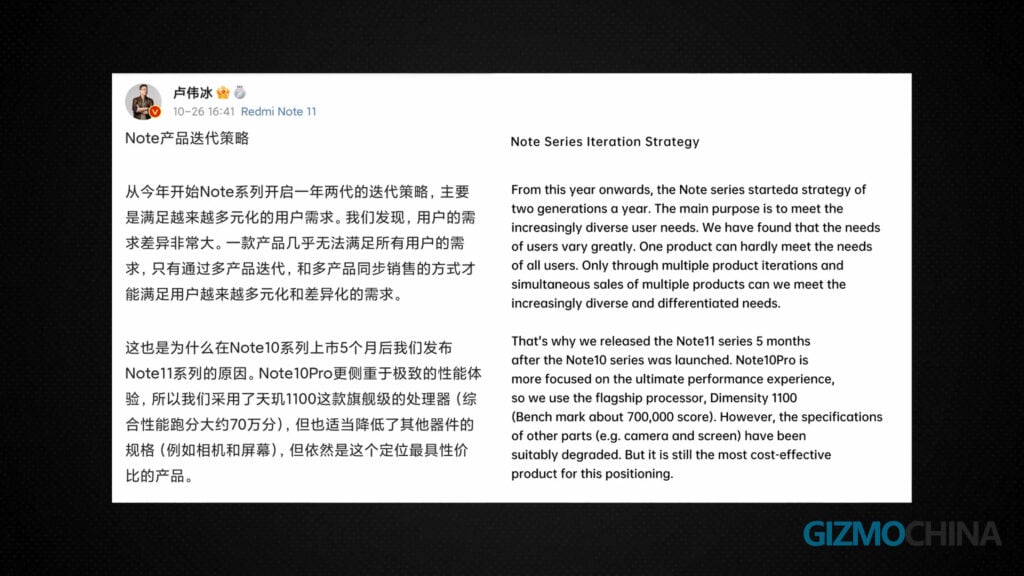
As to why the Note series got two models in a year, in fact, Redmi’s general manager Mr. Lu has explained this on social media: He said “One product cannot satisfy all users, and the only way to satisfy all users is through simultaneous sales of multiple products”. Redmi has actually made a clear distinction between the Note 10 Pro and the Note 11 Pro Plus. The older Note 10 Pro is for those who like stronger performance but don’t mind slightly weaker performance in other areas, while Note 11 Pro Plus is more for those who don’t care about performance but require an overall strong profile.
For example, with stronger camera performance, and faster charging, I think the Note 11 Pro is more like an iteration of the Note 9 Pro. So if you liked the Note 9 Pro, then you’ll like the Note 11 Pro Plus even better.
Finally, I’d like to remind you again that we have a Giveaway campaign going on for the Note 11 Pro. Subscribe to our channel, and if you are lucky, you could win a Redmi Note 11 Pro. Don’t miss this opportunity!

